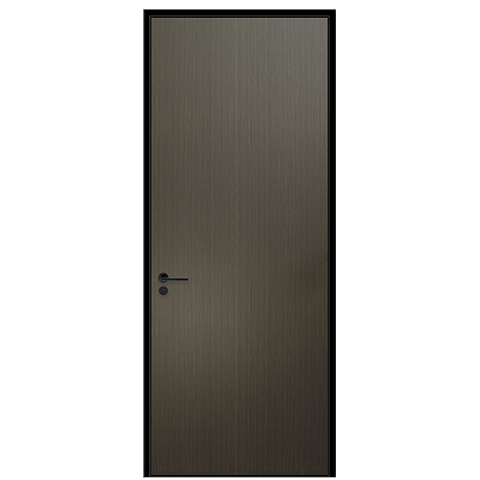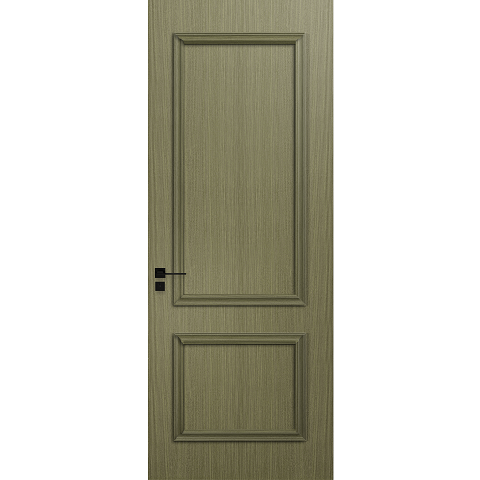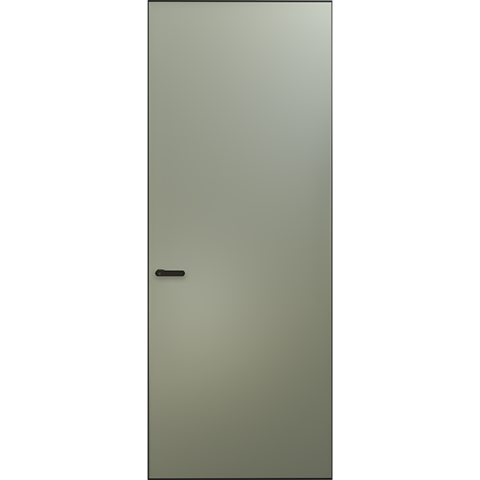Knowledge of aluminum doors and windows
Q: 1. What is an ordinary aluminum alloy profile?
Answer: It means that the inside and outside are connected without an air layer, and the inside and outside colors can only be the same, and the surface is sprayed with anti-corrosion treatment.
Q: 2. What is the broken bridge aluminum alloy profile? What are its advantages?
Answer: It is divided into two ends in the process of processing, and the two ends are connected into a whole with PA66 nylon strips to form three layers of air layers. There is no conductor inside and outside, and the color of the inside and outside can be selected arbitrarily.
Q: 3. What is the difference between ordinary aluminum alloy profiles and broken bridge aluminum alloy profiles?
Answer: The whole aluminum profile is a conductor, and the heat transfer and heat dissipation are relatively fast; the two ends of the broken bridge aluminum profile are connected with PA66 nylon strips to form a three-layer air layer.
Q: 4. What is insulating glass? What is the K value of aluminum doors and windows with broken bridges? What is the K value for ordinary aluminum doors and windows? How much is soundproofing?
Answer: Insulating glass is to seal the edges of two or more pieces of glass together. The glass is treated with a desiccant, and the temperature difference between the inside and outside of the glass is different.
The K value of broken bridge aluminum doors and windows + insulating glass is about 2.7-3.0;
The K value of ordinary aluminum doors and windows + insulating glass is about 3.5-5.0;
The K value of system aluminum doors and windows + insulating glass is about 2.0-2.5;
Q: 5. What is safety glass? When to use safety glass?
Answer: After the glass is treated at high temperature, the quality has changed and the strength of the glass has been enhanced. Even if the glass is broken into small particles, it does not hurt people.
In the following cases, aluminum alloy doors and windows must be safe
Glass:
①Glass for floor spring door;
②The area of a single pane of glass is greater than 1.5m2,
The area of a single piece of glass for a framed door is greater than 0.5m2;
③The bottom edge of the glass is less than the final decoration surface
500mm floor-to-ceiling windows;
④Frameless door and window glass;
⑤ Entrance and exit doors of public buildings;
⑥ Doors of kindergartens or other places for children's activities;
⑦Tilt windows, skylights;
⑧ External windows of buildings with 7 floors and above.
Q: 6. What is LOW-E glass? What are its advantages?
Answer: LOW-E glass, also known as low-radiation heat-reflecting glass, is coated with a film on the surface of the glass, which blocks the ultraviolet rays from the outside and raises or lowers the indoor and outdoor temperature, which is a kind of protection for the human body.
Q: 7. What is hollow 100-page glass? What material is the page? What is the useful life?
A: It is to install a metal aluminum sheet in the insulating glass and use magnetic force to control it. It can be used 20,000 times for about 20 years, and the advantage is that it is clean, hygienic, and does not need to be cleaned.
Q: 8. What are the advantages and disadvantages of insulating glass, LOW-E glass and insulating 100-page glass?
Answer: Insulating glass is energy-saving; LOW-E glass is UV-resistant; Insulating 100-page glass is convenient, prevents direct sunlight and increases privacy.
Q: 9. What is the wall thickness of aluminum alloy window profiles? What is the wall thickness of aluminum alloy door profiles?
Answer: The wall thickness of the main stress part of the window profile is not less than 1.4mm, and if the high-rise reaches more than 20 layers, the thickness of the profile can be increased; the wall thickness of the main stress part of the door profile is not less than 2.0mm, which is in line with the national standard for wind pressure resistance. Requirements, single doors and windows more than 3-4 square meters can be thickened, and columns that are too large can be added.
Q: 10. What is the system door and window? Where does it originate?
A: The system doors and windows originated in Europe. After years of use, the airtightness and energy-saving effects of doors and windows are considered in the design. The system door and window is the overall door and window system solution adopted by the system company, and a clear commitment to the performance and quality indicators of the product needs to be considered. Water tightness, air tightness, wind pressure resistance, mechanical strength, heat insulation, sound insulation, anti-theft, shading , weather resistance, operating feel and a series of important functions, but also consider the comprehensive results of the performance of each link of equipment, profiles, accessories, glass, viscose, and seals.
Q: 11. How many years is the warranty period of insulating glass? What is covered by the warranty and what is not covered by the warranty?
A: The national standard for the warranty period of insulating glass is 15 years; the service life is 15-20 years, and there are examples in Europe. If the glass is damaged due to improper use of human factors, it is not covered by the warranty.
Q: 12. What is the heat transfer coefficient? What is the heat transfer coefficient of ordinary aluminum alloy doors and windows? What is the heat transfer coefficient of broken bridge aluminum alloy doors and windows? What is the heat transfer coefficient of the aluminum alloy doors and windows of the system?
Answer: During the detection, the internal heating passes the time to see the speed of the internal temperature conducting outward, and the heat transfer value is obtained by passing the time and temperature.
The heat transfer coefficient of ordinary aluminum alloy doors and windows is about 3.5-5.0;
The heat transfer coefficient of broken bridge aluminum alloy doors and windows is about 2.5-3.0;
The heat transfer coefficient of the aluminum alloy doors and windows of the system is about 2.0-2.5.
Q: 13. What are sliding doors and windows? What is a casement window? What is a top hung window? What is an inward-opening inward-turning window? What is a fixed window?
Answer: Sliding doors and windows: It is a door and window with one of the two sliding to the left and right.
Casement doors and windows: that is, the inside is opened to the outside.
Top-hung window: The inner fan is opened upwards.
Inward opening and inward-turning windows: It adopts European standards and opens to the interior, that is, natural ventilation, and the doors and windows can also be opened when people are not at home.
Fixed doors and windows: Doors and windows that cannot be opened.
Q: 14. What are the advantages of casement windows, sliding windows, and inward-opening and inward-turning windows?
Answer: Casement windows are also the traditional way of opening in China, referred to as GB;
The sliding window is simple and does not occupy space; it is commonly used in China.
The inward opening and inward-turning windows are designed according to European standards. When people are not at home, they can be naturally ventilated, and rainwater cannot enter the house. In spring and autumn nights, the windows can be opened to sleep, and it is not easy for thieves to open them.
Q: 15. What are the main hardware accessories for sliding windows? What are the main hardware accessories for casement windows? What are the main hardware accessories for inner opening and inner pouring?
Answer: The main hardware accessories of sliding windows: pulleys, hook locks, crescent locks; the main hardware accessories of casement windows: linkage handles, sliding braces, hinges, wind braces, etc.; Hands, links, linkages, etc.
Q: 16. What is the processing technology of sliding aluminum alloy doors and windows and casement aluminum alloy doors and windows? What are the key steps in the processing process?
Answer: cutting material: ensure the geometric size; group angle: prevent rainwater from entering; the assembly of accessories; the appearance should be beautiful.
Q: 17. In order to ensure the product quality of doors and windows during transportation, how are they packaged?
A: The aluminum frame is packed with foam paper; the aluminum and wood windows are fixed with corners around them, so that there is no friction space between the profiles.
Q: 18. How many years is the warranty period of doors and windows? What is covered work and what is not?
Answer: The national standard for the warranty period of doors and windows is two years, and damage caused by human factors is not within the scope of the warranty period.
Q: 19. What is the service life of the glue?
A: The durability of the waterproof sealant after curing is 15-20 years.
Q: 20. What are the advantages of aluminum wood windows? What is wood? What is paint?
A: The outside is aluminum alloy, and the interior is decorated with solid wood; the wood is mainly oak; the paint is water-based paint.
 Hot Recommendation
Hot Recommendation
 Latest Products
Latest Products



